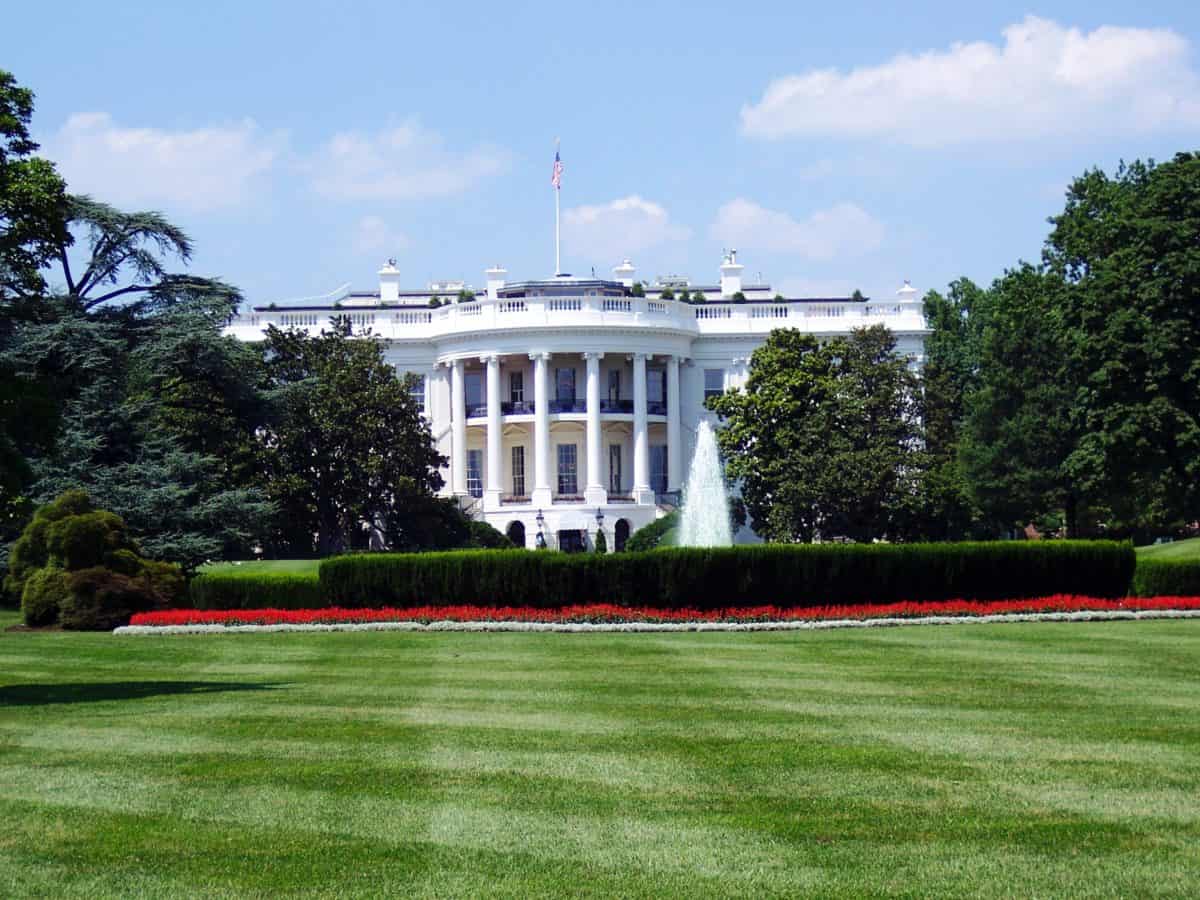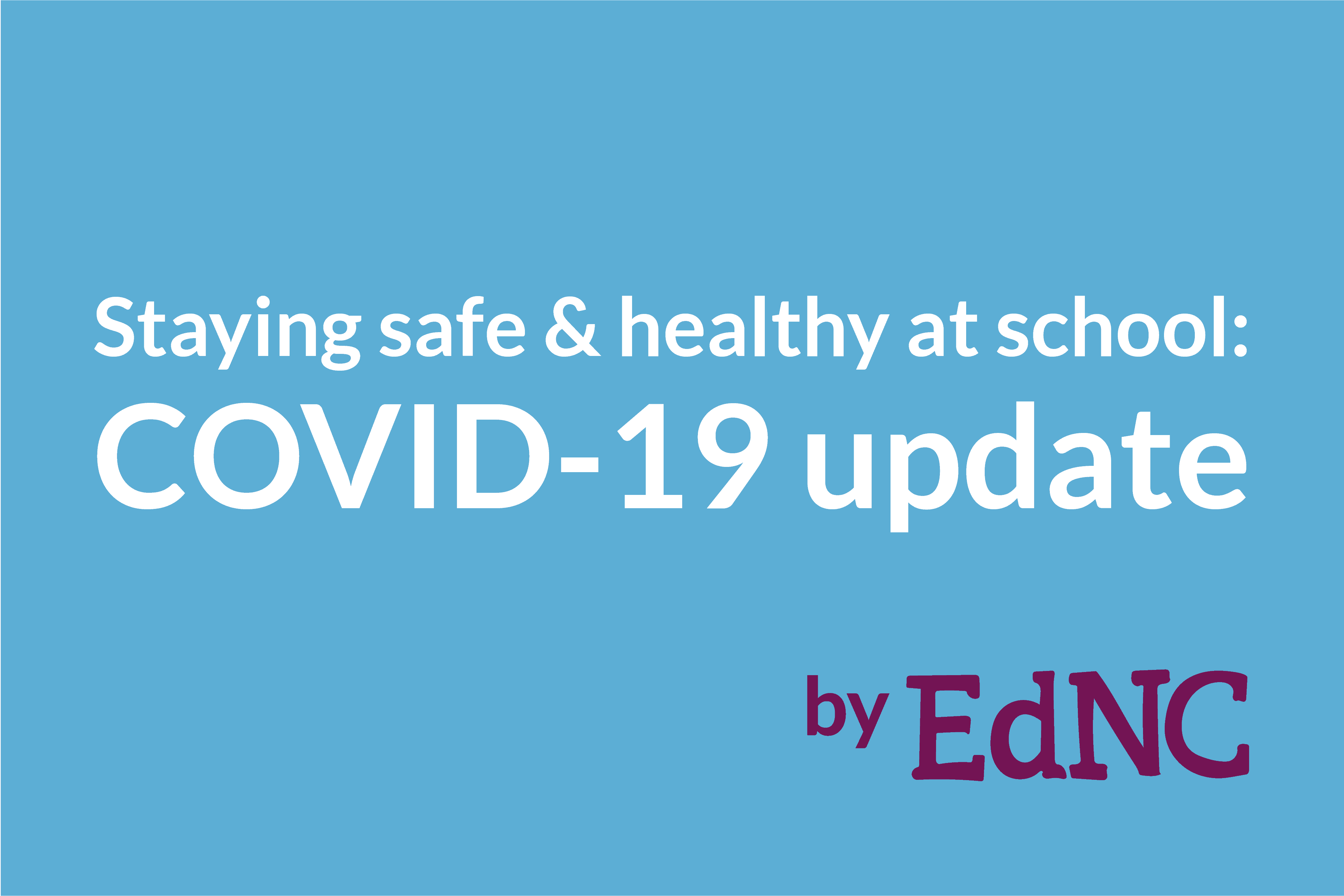
The interconnected public health and economic crises have locked North Carolina in a box within a box. Think of the larger outer box as the national arena of pandemic responses. Think of the smaller inner box as the terrain of state-local responsibilities.
Across the states, federal funding represents a relatively modest 5% to 15% of spending on K-12 schools. In North Carolina, the federal share is about 11%. Still, only the federal government has the resources and fiscal tools to bolster the coronavirus-endangered budgets of state and local governments upon which public education depends.
Writing in The New York Times, Susan Dynarski, a professor of education, public policy, and economics at the University of Michigan, draws on her own experience in home-schooling her children to define the immediate need for a major federal infusion of money into the states. Describing herself as “lucky’’ as a well-paid academic with a flexible schedule, she says that “it wasn’t easy’’ to home-school. In contrast, she writes, remote learning since the wave of school closures has especially taxed parents holding multiple low-wage jobs or raising children alone.
“Educators, parents, students and schools are doing what they can in a harrowing situation,” she writes, but adds, “It’s time to admit that, for the vast majority of students, online learning and work sheets are no substitute for trained teachers in classrooms.’
“If the country doesn’t recognize this fact and respond accordingly — with large federally funded programs to reverse the losses — we will do great harm to a generation of children who will learn less than those who went before them,” writes Dynarski.
After the enactment of loans to businesses, payments to individuals, and other early emergency measures with bipartisan support, the federal government has turned to a partisan-tinged debate over big outer-box issues: whether to speed up or slow down “re-opening’’ schools and the economy, and whether or how much financial aid to send to states and localities.
House Democrats proposed this week a $3 trillion package, with one-third of it for state and local governments. A $500 billion plan is co-sponsored by Republican and Democratic senators. Senate Republican leader Mitch McConnell has objected to what he calls a “blue state bailout,’’ meaning aid to Democratic states that would use the money for bolstering their budgets as distinct from specific pandemic responses.
With its Democratic governor and Republican-majority legislature, North Carolina doesn’t fit neatly as a red or blue state. Still, North Carolina is among 10 states facing a projected revenue decline of as much as 10% as indicated on a map published by Slate, based on Moody’s Analytics and the National Association of State Budget Officers.
North Carolina has unspent revenue of $1.2 billion in a rainy day fund and around $2 billion in money not appropriated as a result of the budget stalemate between Senate Republicans and Gov. Roy Cooper. That money can serve as a budgetary buffer this year. But what about next year with the pandemic, and accompanying unemployment, expected through 2020?
“States that have put money in reserve are going to get bowled over, too,” says the Slate analysis. And it quotes Dan White, director of government consulting and fiscal policy research at Moody’s Analytics, as saying, “Even well-prepared states are going to be totally outmatched by the size of the downturns we’re about to see.”
Over the past seven years, the North Carolina legislature made the smaller inner box tighter through a spree of tax reductions that cost upwards of $3.6 billion in annual revenues — without significantly stimulating the economy beyond the national recovery curve. In addition, voters approved a constitutional amendment to limit the personal income tax rate to 7%.
In a state with a balanced budget requirement, policymakers offset shortfalls with spending cuts, or revenue increases, or a combination. Big budget cuts could hardly avoid education and health services, which account for 80% of the General Fund (K-12 40%, health 23%, and higher education 17%).
Without a further federal infusion, Cooper said this week, “State and local governments are going to have to make significant cuts in core services like law enforcement, education, and transportation.”
In an election year, elected officials would naturally try to minimize spending cuts and avoid tax increases. With public health professionals warning against a too-fast re-opening and economists projecting unavoidable plunges in state revenues, a reckoning of hard decisions appears in store for North Carolina in 2021 — with the quality and accessibility of its educational institutions in the balance.
But in the face of extraordinary national crises, states and localities look to Capitol Hill and the White House to do what only the big federal box can do.
Recommended reading



